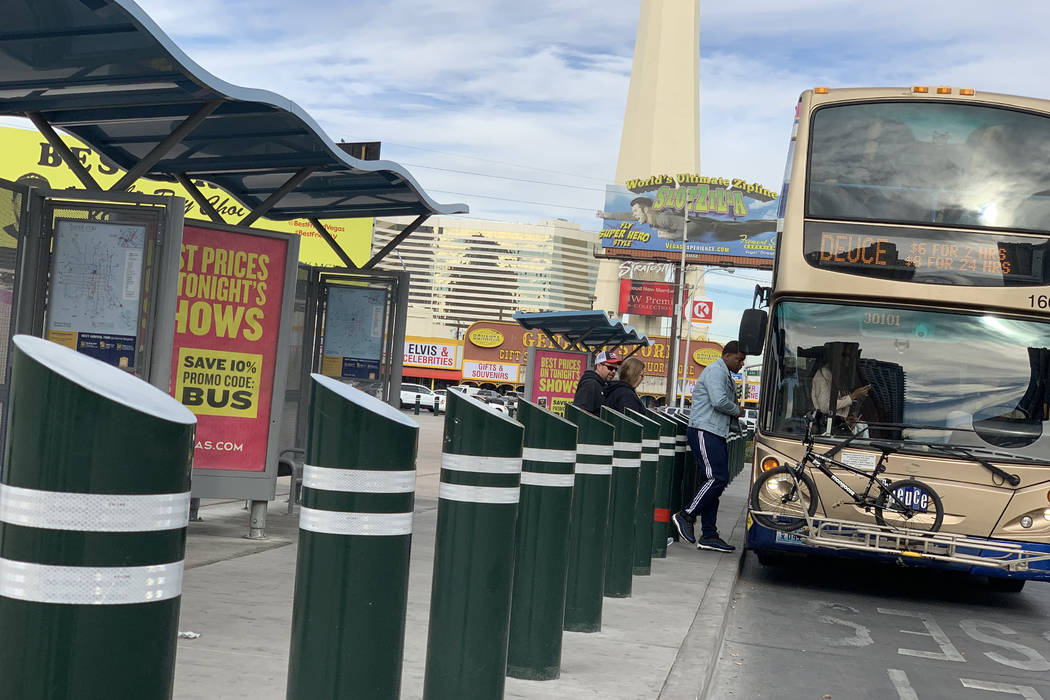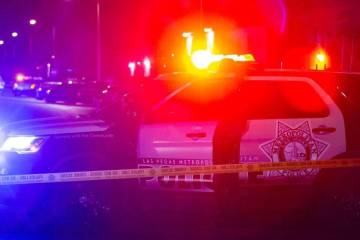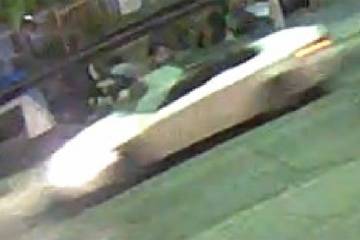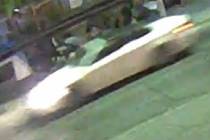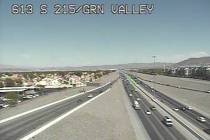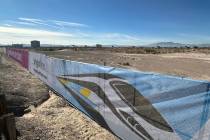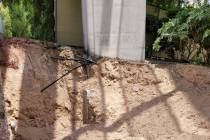RTC selects 20 Las Vegas area bus stops for bollard installation
Select bus stops in some of the busiest traffic areas of the Las Vegas Valley are set to have an extra level of safety enforcement.
The Regional Transportation Commission of Southern Nevada will install bollards — steel posts — in front of 20 bus stops in various parts of the valley.
The program is partly in response to a rash of fatal accidents between 2007 and 2018. Eight crashes at valley bus stops resulted in 13 deaths, according to the RTC.
Officials chose the locations to ensure the program incorporated bus stops located in most sections of the valley.
“We broke down the number of locations by jurisdiction based on the relative number of bus stops they have,” said Carl Scarbrough, director of advertising, transit amenities and technical equipment for the RTC. “Unincorporated Clark County got nine, the city of Las Vegas got seven, the city of North Las Vegas got two and the city of Henderson got two.”
The primary factors in selecting the locations were ridership at the bus stops, traffic volume on adjacent roadways, posted speed on the roadways and how many people are waiting on average for a bus at each stop, he said.
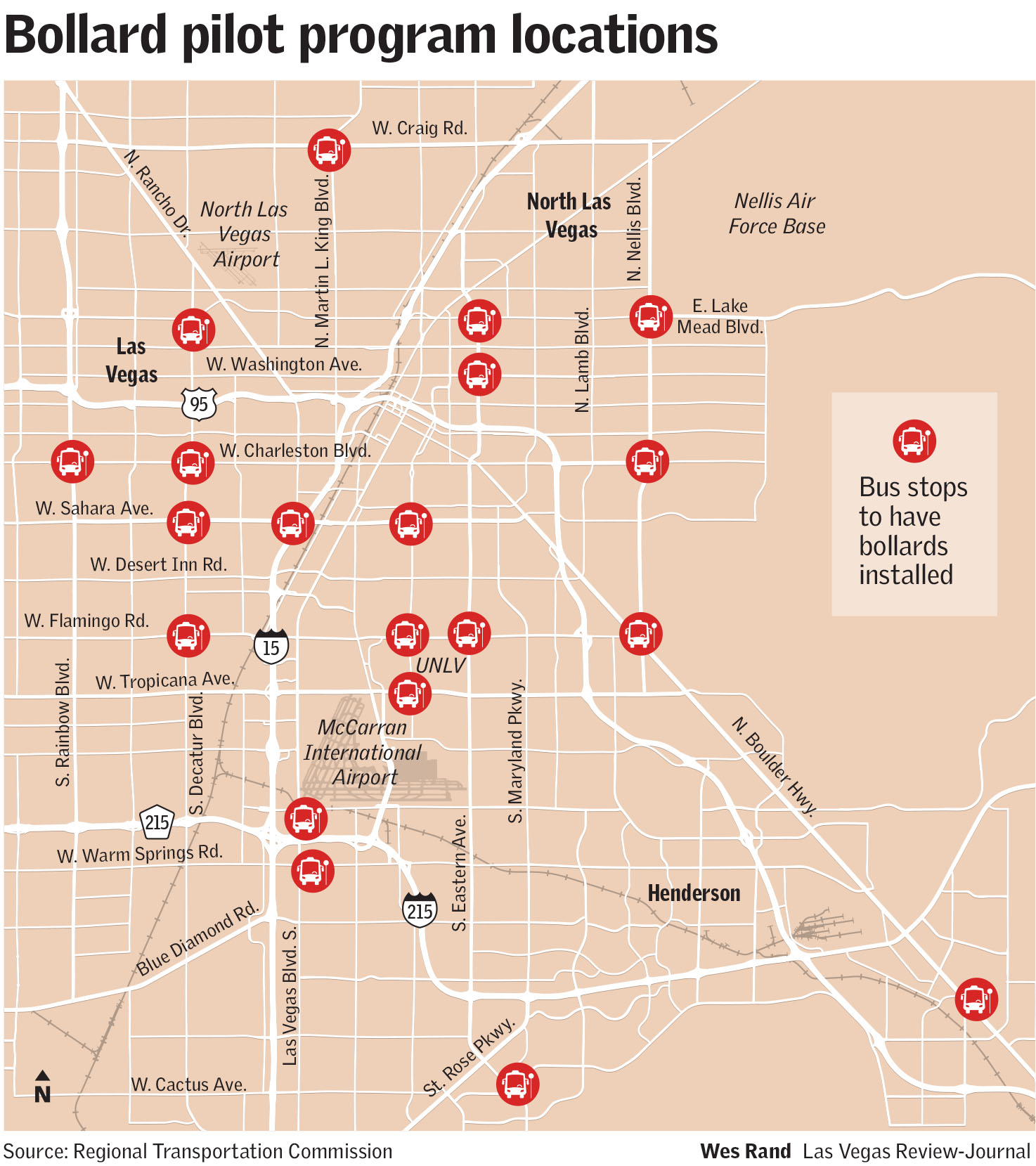
Some areas that had multiple crashes involving bus stops were also considered for bollards, Scarbrough said.
“We’ve had a few stops that have repeaters,” he said. “But for the most part we don’t really see a correlation to crashes and the bus stops. So we don’t see a lot of repeat locations like we do at intersections.”
Clark County Commissioner Michael Naft, who organized a traffic safety forum this week at UNLV, said the bollard pilot project is an important step in protecting those who take the bus.
“We owe it to this community to ensure that everything possible is being done to protect all residents from harm while utilizing our roads and sidewalks, including our public transit riders,” Naft said. “The bollards are one piece of the puzzle, which includes increased setbacks of bus shelters, improved lighting, safer road conditions and enforcement.”
The pilot program will cost an estimated $1.2 million, as each steel post, construction included, costs about $5,000, Scarbrough said.
Scarbrough said about 12 bollards will be installed in front of each location, though the exact number will vary.
Some of the locations are very constrained due to the size of the sidewalk and what’s behind the bus stop, so it will be more difficult to incorporate the bollards at those locations. Those locations were included so the RTC could deal with some possible issues ahead of a possible expansion if the pilot program proves successful, Scarbrough said.
“Some of them are going to be hard to do, and we want it that way because we want to see what we’re up against and we want to see what we can learn,” he said.
The bollards will be similar to the ones Clark County is installing up and down Las Vegas Boulevard. Those are 4 feet tall, interconnected by underground steel frames and designed to withstand the impact of a 15,000-pound vehicle traveling 50 mph.
At some bus stops where speed limits and traffic volumes are lower, the bollards will have a lower impact threshold, Scarbrough said.
Plans call for design work to be complete by October with installation tentatively beginning in January, he said. “It’s estimated that it’s going to be two or three months worth of construction.”
Contact Mick Akers at makers@reviewjournal.com or 702-387-2920. Follow @mickakers on Twitter.



